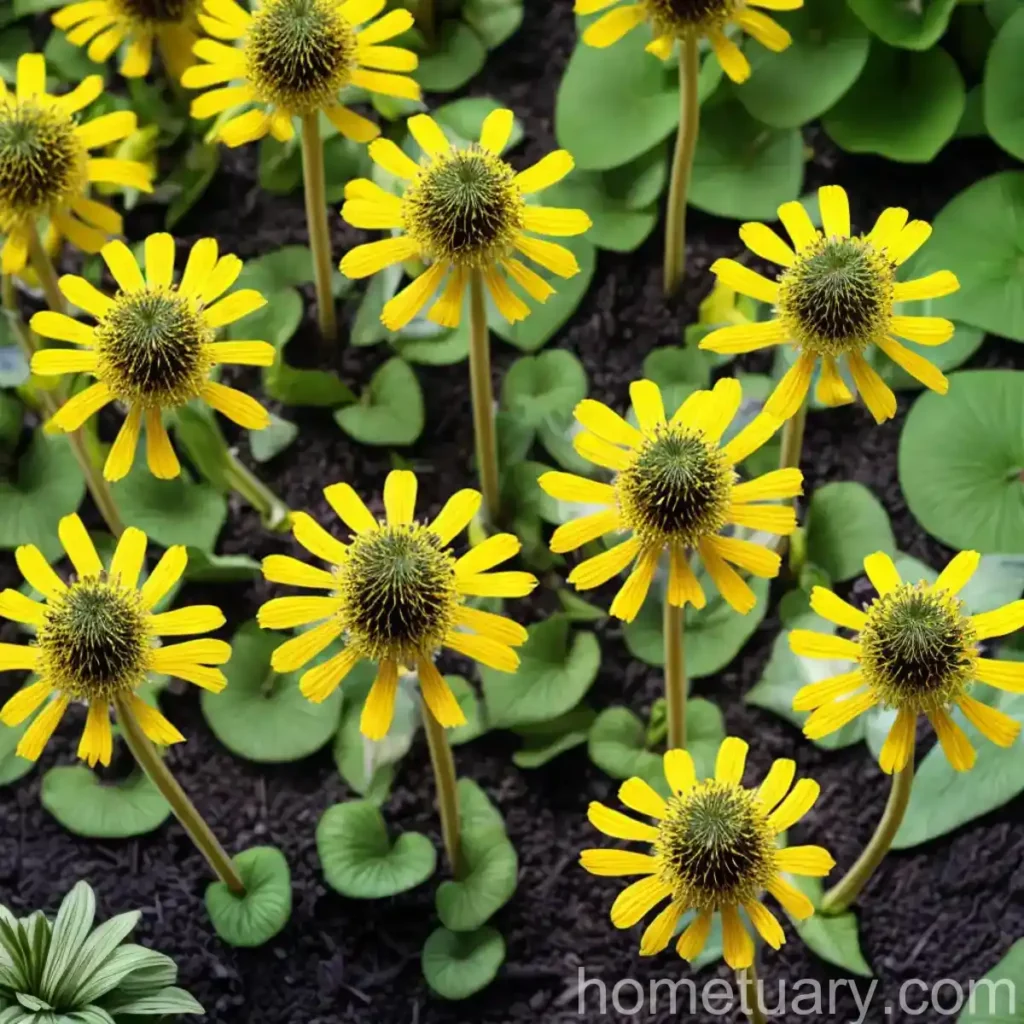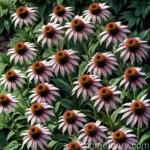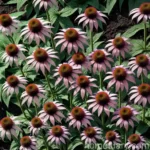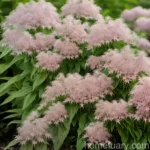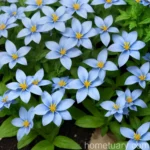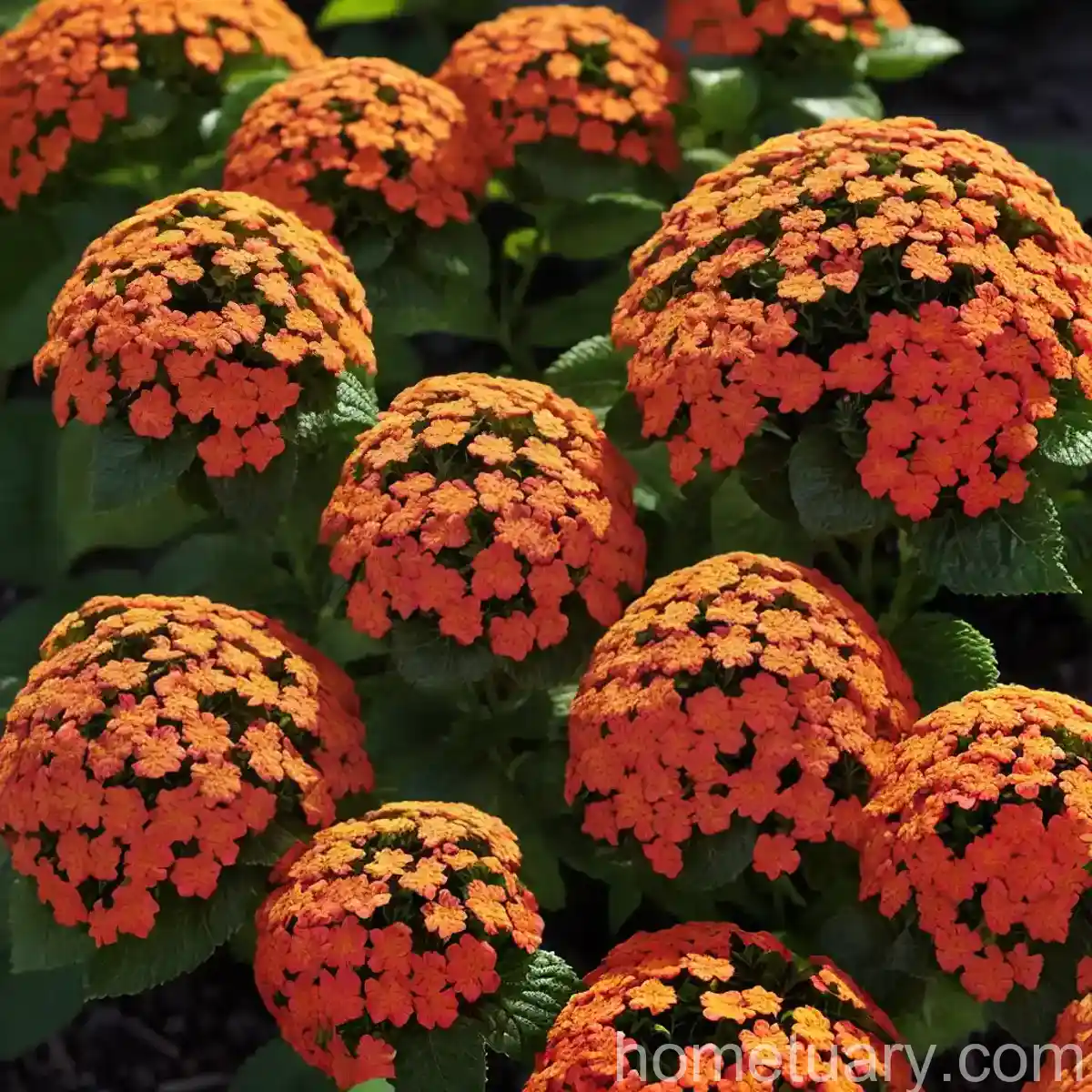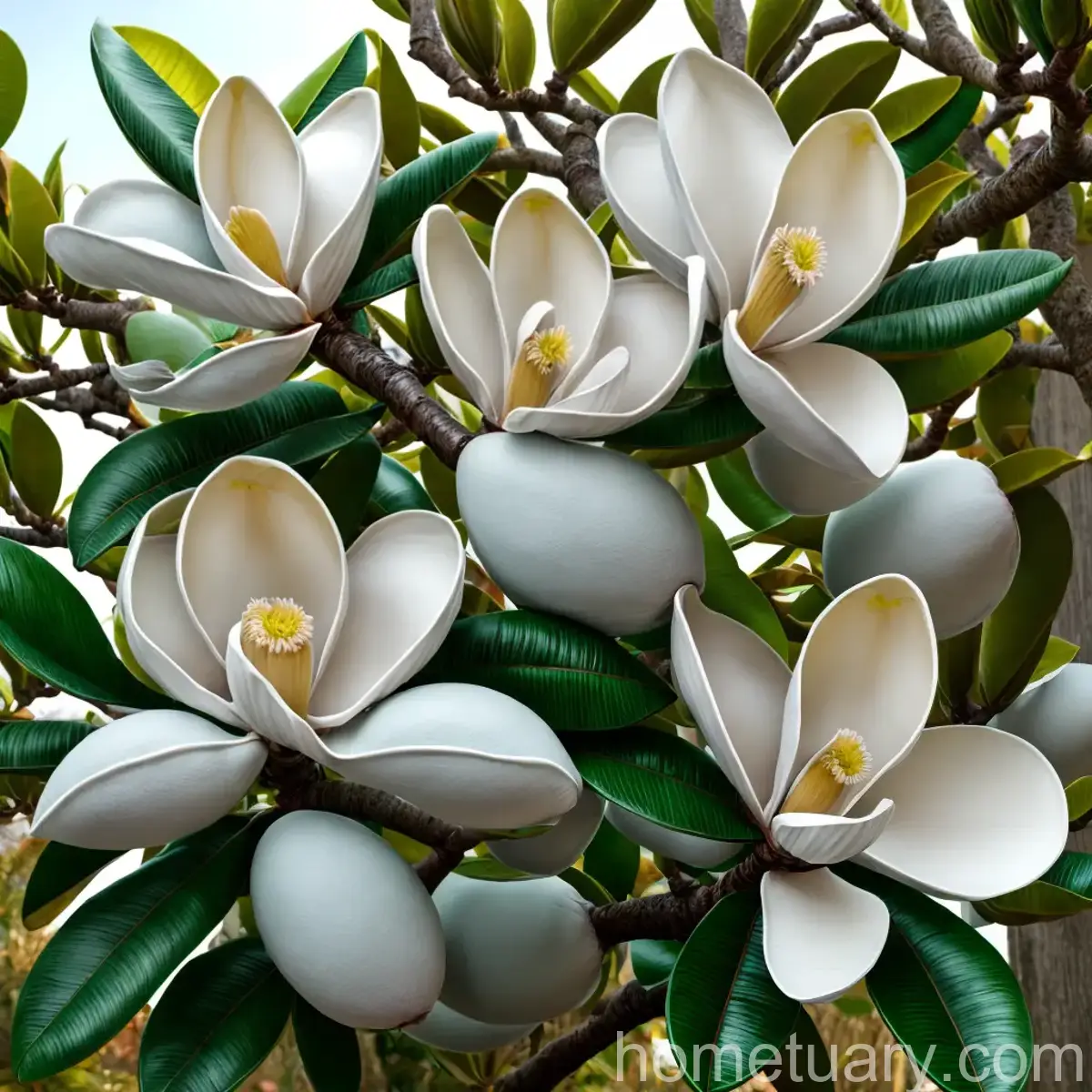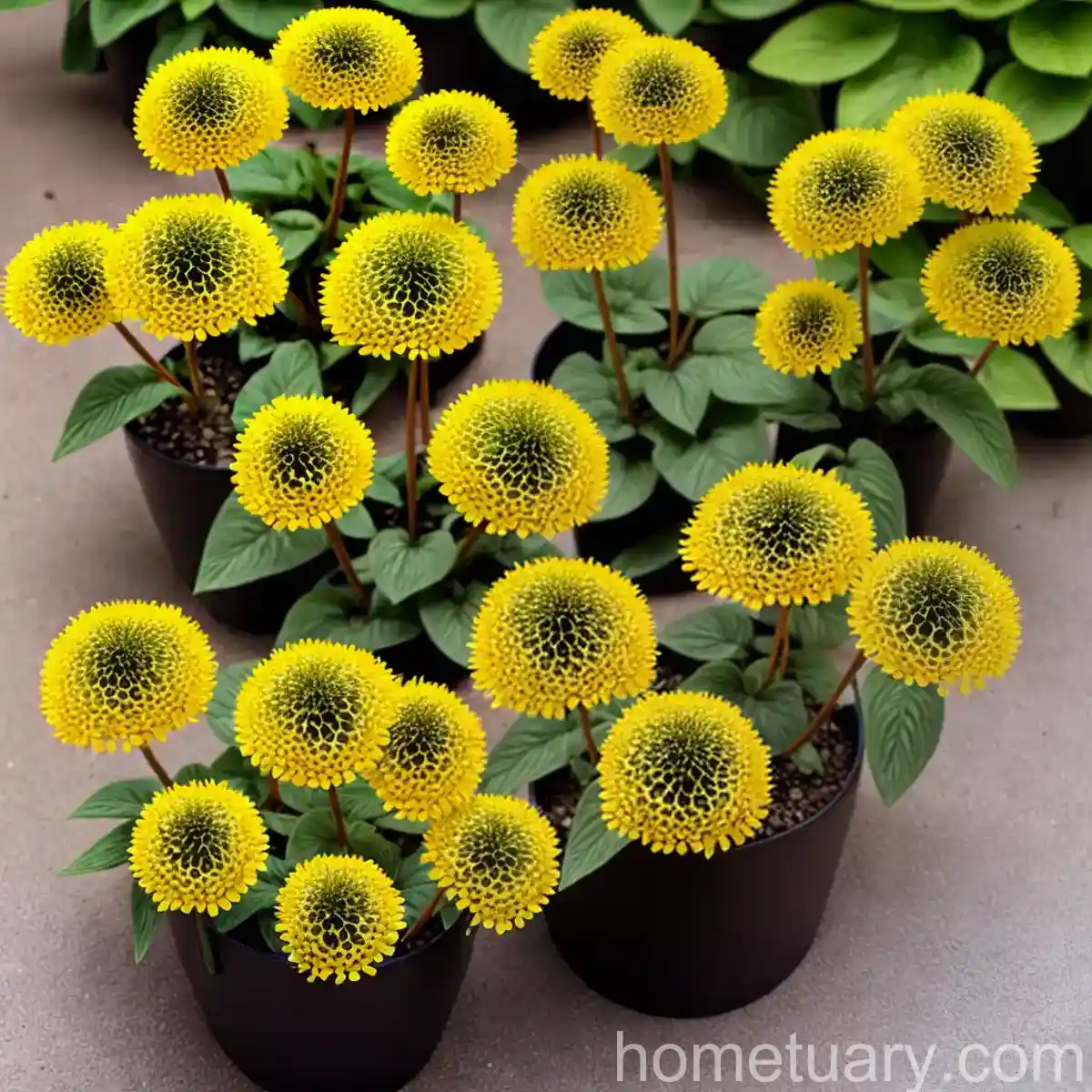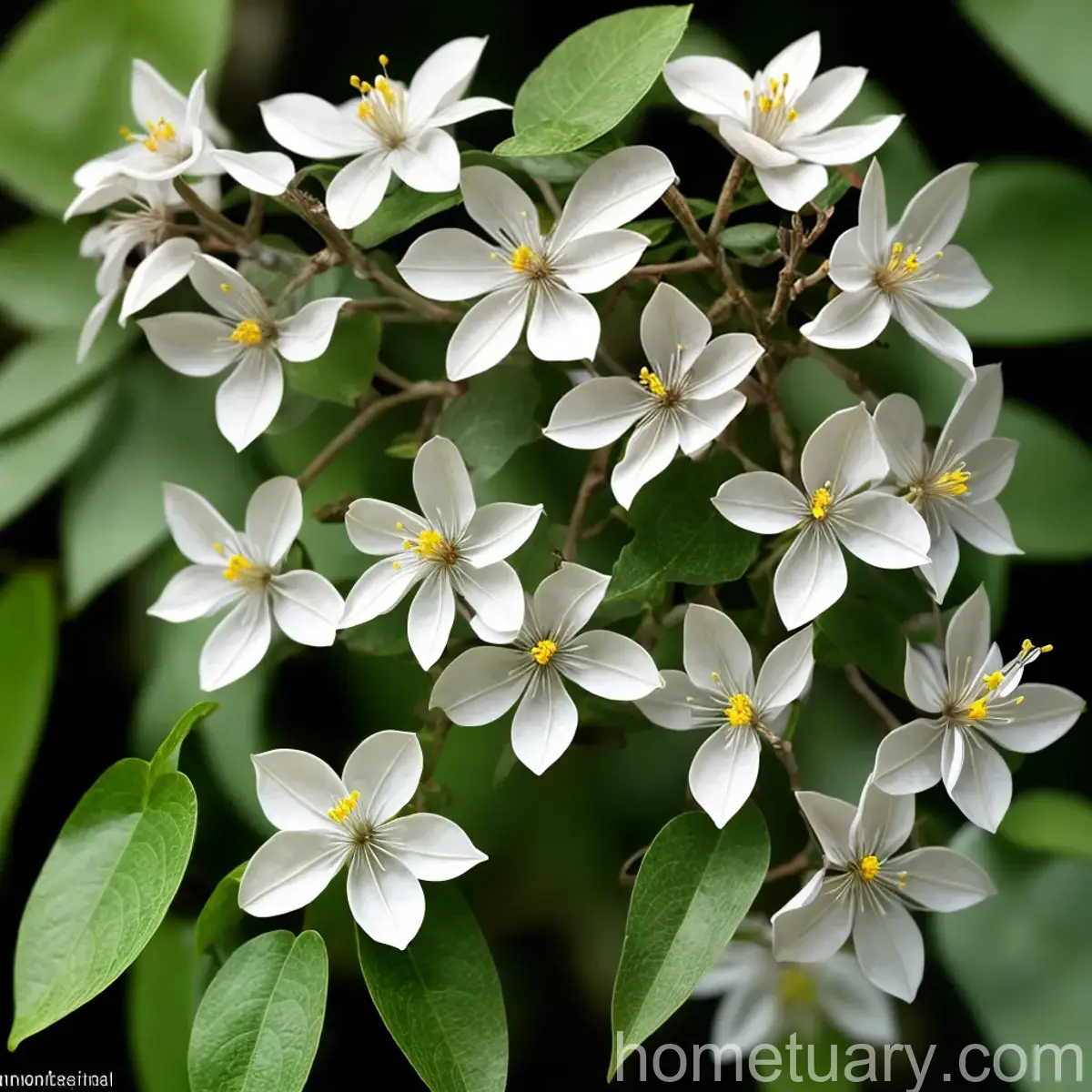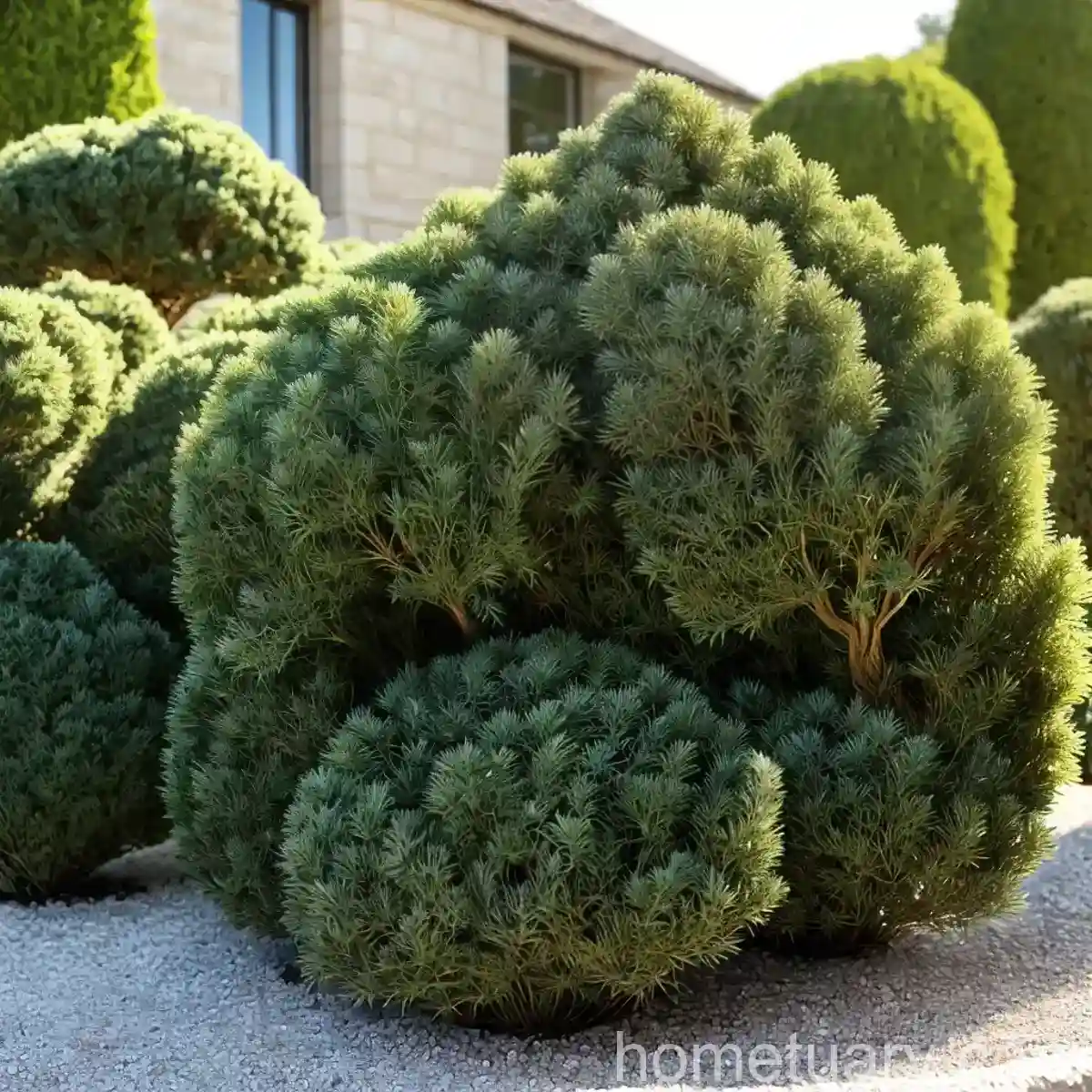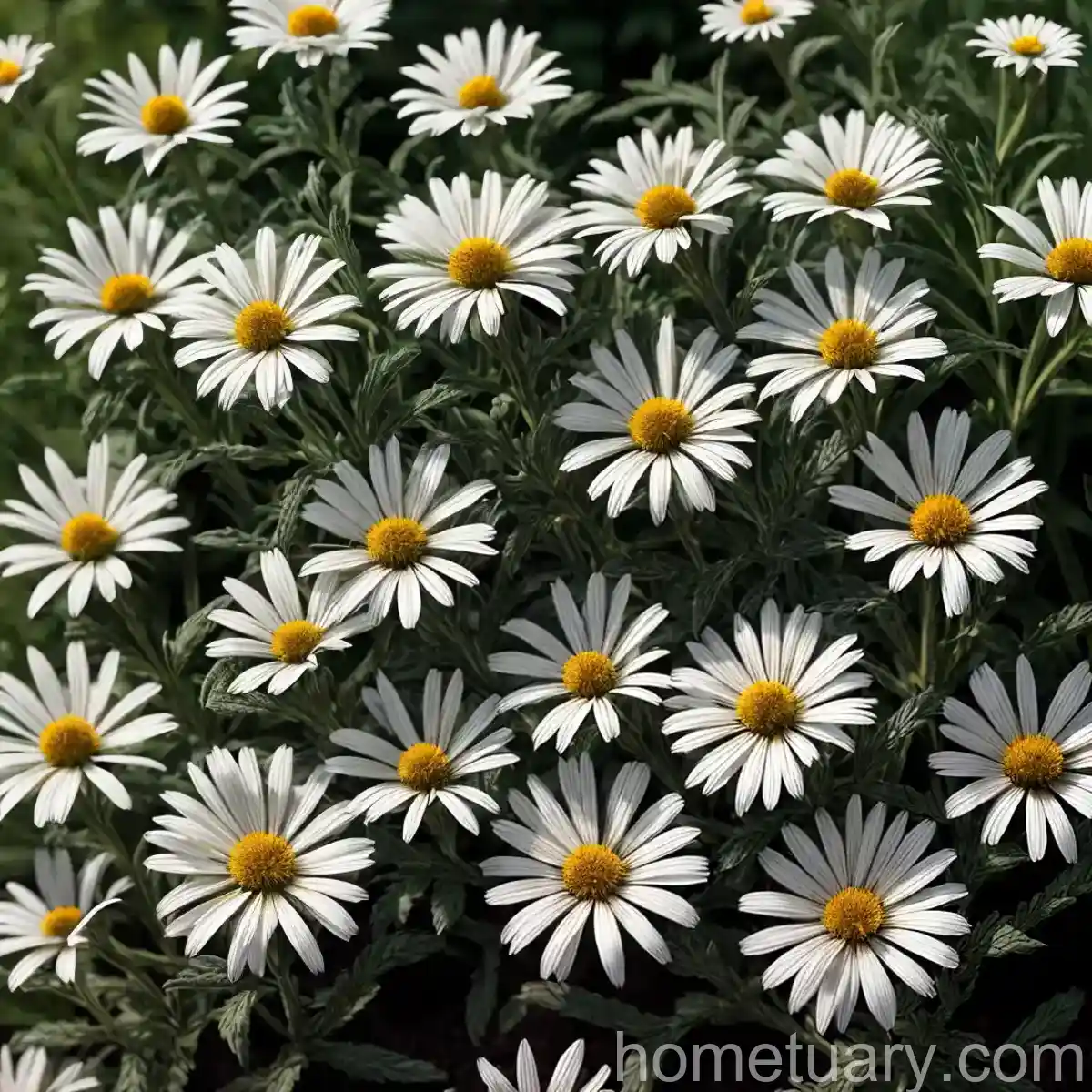Leopard Plant (Ligularia ‘Bottle Rocket’) Guide: Cultivation and Care Tips
Leopard plants, scientifically named Ligularia and commonly known as Ligularia ‘Bottle Rocket,’ are stunning perennials that can add a touch of elegance and boldness to any garden. These plants are prized for their large, showy foliage and vibrant flowers, making them a popular choice for landscaping and ornamental gardening. In this comprehensive guide, we will delve into the various aspects of cultivating and caring for leopard plants, from their preferred growing conditions to maintenance and propagation tips.
What is a Leopard Plant (Ligularia ‘Bottle Rocket’)?
Leopard plant, or Ligularia ‘Bottle Rocket,’ is a species of herbaceous perennial in the Asteraceae family. It is native to East Asia, particularly China and Japan. The plant is characterized by its distinctively shaped leaves, which often have jagged or leopard-like patterns, hence the name “leopard plant.”
Key Takeaways – Leopard Plant (Ligularia ‘Bottle Rocket’)
Before we delve into the specifics of leopard plant care, let’s summarize the key takeaways:
- Ligularia ‘Bottle Rocket’ is a striking herbaceous perennial with large, showy foliage and vibrant flowers.
- It is native to East Asia, particularly China and Japan.
- Leopard plants thrive in moist, well-drained soil and prefer partial shade to full shade.
- They are relatively low-maintenance but require consistent moisture and protection from intense sunlight.
- The plant can be propagated through division and benefits from regular fertilization during the growing season.
Now, let’s explore the various aspects of cultivating and caring for leopard plants in greater detail.
Culture
Uses
Leopard plants are commonly used in ornamental gardening and landscaping, where their striking foliage and vibrant flowers add visual interest and texture to garden beds, borders, and shaded areas. Additionally, due to their preference for moist soil, they are often featured in water gardens and alongside pond edges, where they thrive in the damp, shaded conditions.
Water
One of the most critical aspects of leopard plant care is ensuring consistent moisture. These plants thrive in moist soil and will suffer if exposed to prolonged dry periods. Therefore, regular watering, especially during hot, dry spells, is essential for their health and vigor.
Sunlight
Leopard plants prefer partial shade to full shade, making them ideal for shaded or woodland gardens. They are not well-suited to direct, intense sunlight, as this can scorch their delicate foliage. When selecting a planting location, it is important to choose a spot that offers protection from the harsh midday sun.
Fertilizer
To support healthy growth and abundant flowering, leopard plants benefit from regular fertilization during the growing season. A balanced, slow-release fertilizer applied in early spring and again in mid-summer can help provide the necessary nutrients for robust growth and vibrant blooms.
Soil
The ideal soil for leopard plants is rich, organic, and well-draining. They thrive in moist, loamy soil with a slightly acidic to neutral pH. Amending the soil with organic matter, such as compost or well-rotted manure, can help improve its moisture retention and nutrient content, creating an ideal environment for leopard plants to flourish.
Pruning
Pruning leopard plants is relatively minimal. Deadheading the spent flowers can encourage continuous blooming and prevent the plant from expending energy on seed production. Additionally, removing any damaged or yellowing leaves can help maintain the plant’s overall appearance and health.
Propagation
Leopard plants can be propagated through division, typically in early spring before new growth emerges. Carefully dividing the root system and replanting the divisions in prepared soil can create new plants and rejuvenate older specimens. It’s important to ensure that each division has viable roots and sufficient foliage to support its growth.
Container Popularity
Due to their preference for moist, well-drained soil and partial to full shade, leopard plants are well-suited for container gardening. They can thrive in large, moisture-retentive containers placed in shaded or partially shaded areas, adding a touch of bold foliage and vibrant color to patio spaces and shaded corners.
Common Diseases
Disease Diagnosis
While leopard plants are relatively resilient, they can be susceptible to certain diseases, particularly under unfavorable growing conditions. Common diseases that can affect leopard plants include:
- Powdery Mildew: A fungal disease that appears as a powdery white coating on the foliage, often caused by poor air circulation and moisture levels.
- Crown Rot: Excessive soil moisture and poor drainage can lead to crown rot, which manifests as wilting, yellowing, and decay at the plant’s base.
Regularly inspecting the plants for signs of disease, maintaining proper growing conditions, and promptly addressing any issues can help prevent the onset and spread of diseases.
Common Pests
Ligularia ‘Bottle Rocket’ can attract a few pests that may impact its overall health and appearance. Common pests that may affect leopard plants include:
- Slugs and Snails: These pests can feed on the plant’s foliage, leaving behind irregular holes and damage.
- Aphids: Aphids can congregate on the new growth and undersides of leaves, sucking sap from the plant and potentially causing deformities and leaf curling.
Implementing deterrent measures, such as organic pest control methods or physical barriers, can help protect leopard plants from pest infestations.
Botanist’s Tips
To ensure the optimal health and beauty of leopard plants, consider the following botanist’s tips:
- Mulching: Applying a layer of organic mulch around the base of the plant can help retain soil moisture, suppress weed growth, and provide a barrier between the soil and the plant’s foliage, reducing the risk of fungal diseases.
- Regular Inspection: Routinely examine the plants for any signs of stress, disease, or pest activity, taking proactive measures to address any issues promptly.
- Seasonal Care: Adjust the plant care routine according to seasonal changes, such as providing additional water during hot, dry periods and protecting the plants from frost and cold temperatures in winter.
Fun Facts
- Leopard plants are known for their attractive, daisy-like flowers that come in shades of yellow, orange, or even red, adding a splash of color to shaded garden areas.
- The foliage of Ligularia ‘Bottle Rocket’ often features striking, jagged edges and deep-green to purple hues, creating a bold and dramatic aesthetic in the garden.
- In addition to their ornamental value, leopard plants can also attract beneficial pollinators such as bees and butterflies, contributing to the overall biodiversity of the garden.
Links to External Resources
For additional information on leopard plant care, cultivation, and landscaping ideas, consider exploring the following external resources:
- Royal Horticultural Society – Ligularia ‘Bottle Rocket’
- University of Wisconsin-Madison Extension – Growing Perennials: Leopard Plant
- American Horticultural Society – Shade Gardening: Creating Captivating Color in the Shadows
In conclusion, Ligularia ‘Bottle Rocket’ is a captivating and versatile plant that can thrive in shaded gardens, water features, and container arrangements. By providing the appropriate growing conditions, regular maintenance, and attentive care, gardeners can enjoy the striking beauty of leopard plants while supporting their overall health and vitality. Whether used as a focal point in a woodland garden or as an accent in a shaded patio, these plants have much to offer in terms of aesthetics and ornamental value.
By integrating leopard plants into garden landscapes, enthusiasts can create captivating and dynamic outdoor spaces that celebrate the beauty of nature and enhance the visual appeal of their surroundings. With the right cultivation and care, Ligularia ‘Bottle Rocket’ can flourish and make a remarkable addition to any garden or landscaping setting.

